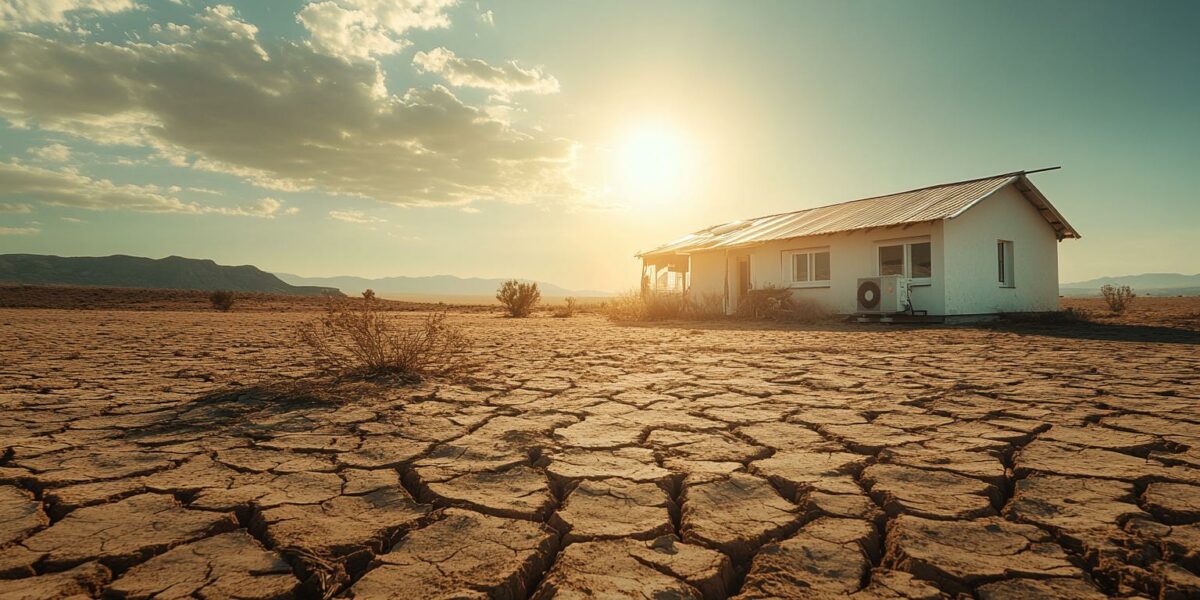Energy Burden Intensifies in the Southwest
Recent analysis reveals that 23% of U.S. households faced challenges in paying energy bills last year, with a rising number from the South and Southwest. These regions endure more severe energy poverty, making it difficult for families to manage energy expenses, especially as climate conditions change.
The federal Low Income Home Energy Assistance Program (LIHEAP) was originally designed to address winter heating costs, but it hasn’t adapted to new climate realities. This program’s funding formula, established during high oil prices, hasn’t evolved to meet the modern demands of hotter climates.
Despite attempts to balance funding, research in Science Advances shows that northern states received more LIHEAP funds from 2015-2020. This is despite the South experiencing a higher rate of energy poverty, which is defined by spending over 6% of income on energy costs.
MIT’s energy economist, Chris Knittel, highlighted that southern low-income households spend significantly more on air conditioning compared to the heating expenses of their northern counterparts. This discrepancy emphasizes the urgency for policy reform to ensure fair distribution.
Adapting LIHEAP for Climate Change
Knittel described the LIHEAP distribution method as outdated, stuck in the 1980s, and not reflecting current climate trends. As the planet warms, the South demands more cooling, while the North’s heating needs decrease, further highlighting the misalignment in funding allocation.
The study proposed a hypothetical redistribution of 2020’s LIHEAP funds, suggesting that states like Nevada, Arizona, and New Mexico would benefit more, while Idaho, Montana, Wyoming, Utah, and Colorado might see reduced support.
However, Knittel argues that reducing funds for northern states isn’t the solution. Instead, he advocates for an increase in the overall LIHEAP budget. Key points include:
- Current LIHEAP funding is around $4 billion annually.
- To eradicate energy poverty, funding must grow fourfold.
- Balanced distribution can equitably address diverse regional needs.
Enhancing the LIHEAP budget is crucial for addressing disparities caused by evolving climate conditions, ensuring that all regions can adequately manage their energy demands.
Collaborative Efforts to Address Energy Inequity
This investigation was a collaborative effort by the Mountain West News Bureau, involving multiple public radio stations across the region. The bureau aims to amplify regional stories with the support of the Corporation for Public Broadcasting.
The study underscores the need for coordinated action to tackle energy poverty, a growing issue as climate change intensifies. By working together, these organizations strive to promote awareness and drive policy changes.
Understanding the unique challenges faced by different regions is vital for creating effective energy policies. The findings emphasize that the existing funding model doesn’t cater to the evolving climate landscape.
Addressing energy poverty requires a multi-faceted approach, combining increased funding, equitable distribution, and adaptive policies. As climate change reshapes our world, so too must our strategies adapt to meet these new challenges.



isaiahcipher
Is there any politician actually working on increasing the LIHEAP budget? We need someone to champion this cause and ensure fair distribution!
Luke
So, if we reallocate funds, does that mean Idaho will be left in the cold? Pun intended! 😅
ariannaflux
Thanks for shedding light on this hidden crisis. It’s important to understand how climate change impacts our energy costs and policies. 🌍
gizmo
Why do northern states get more LIHEAP funds even though the South faces higher energy poverty? Seems pretty unfair to me.
Daisy_Legend2
I can’t believe the funding model is still stuck in the 1980s! Time for a serious upgrade to reflect today’s climate realities. Let’s get moving on this!
oreo4
Wow, quadrupling costs sounds terrifying! How are folks in the Southwest supposed to cope with such a massive increase in energy bills? 😮